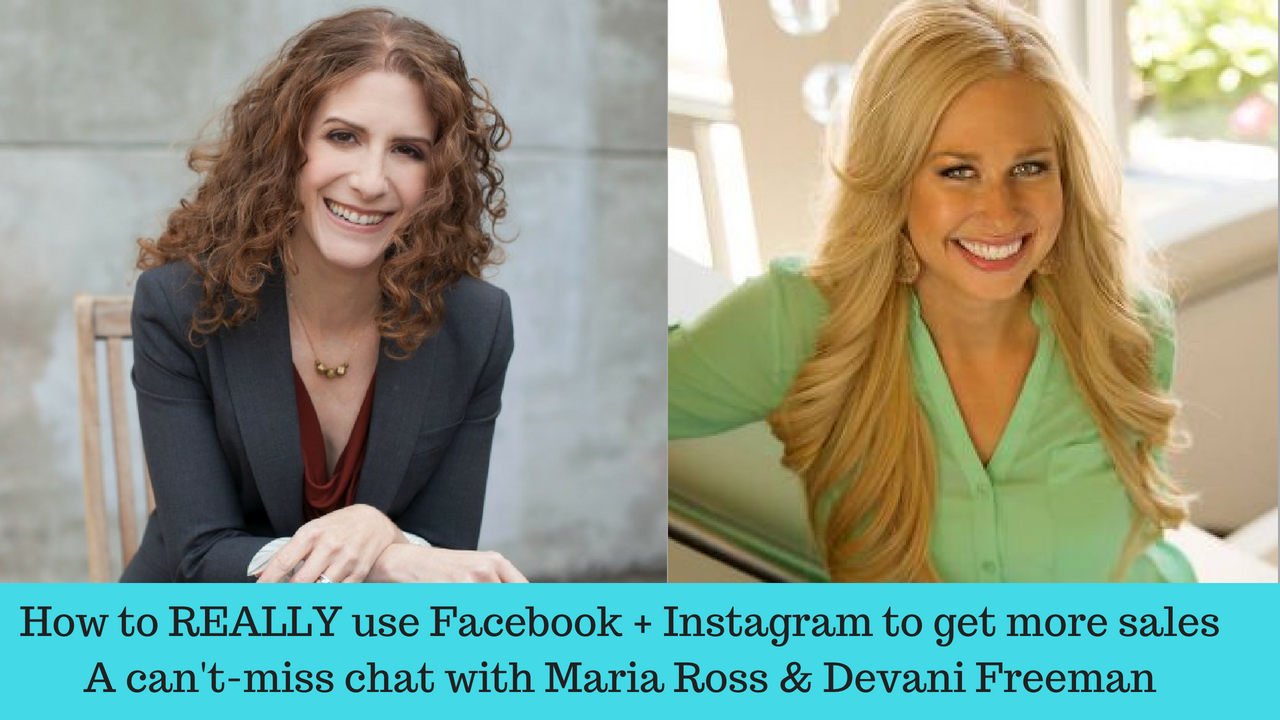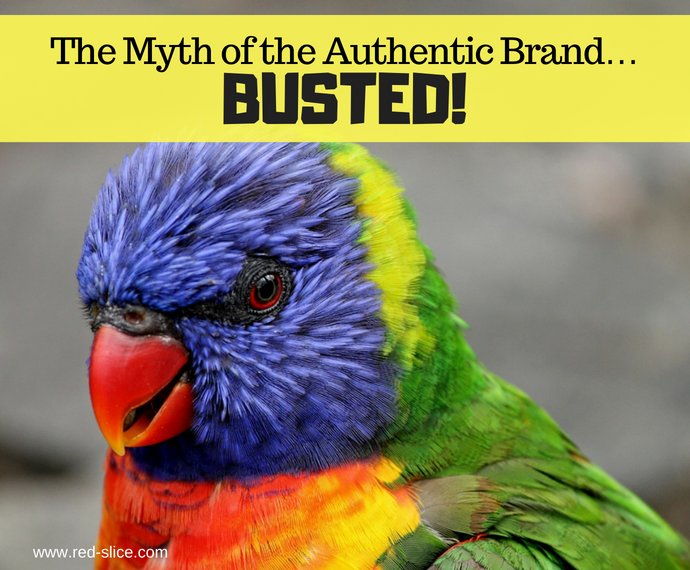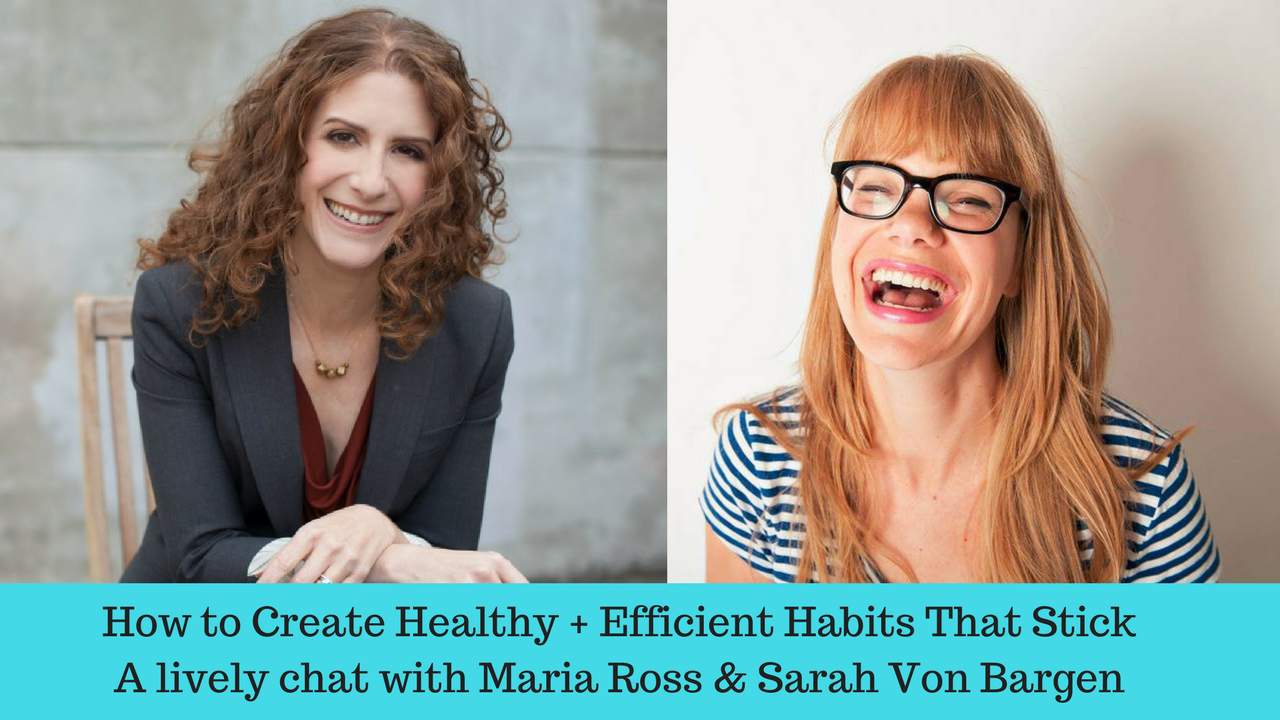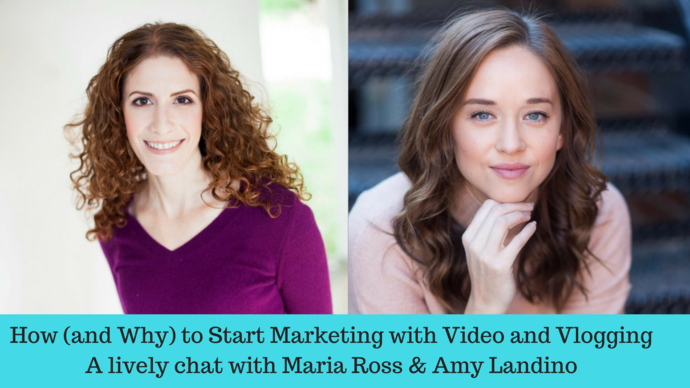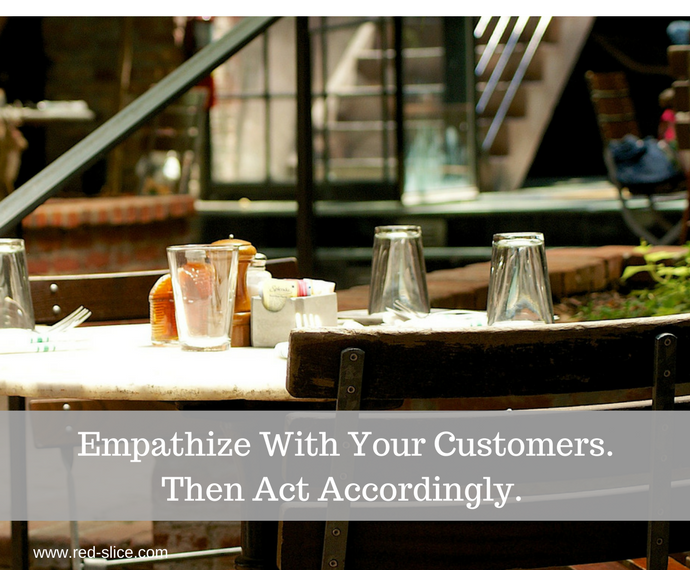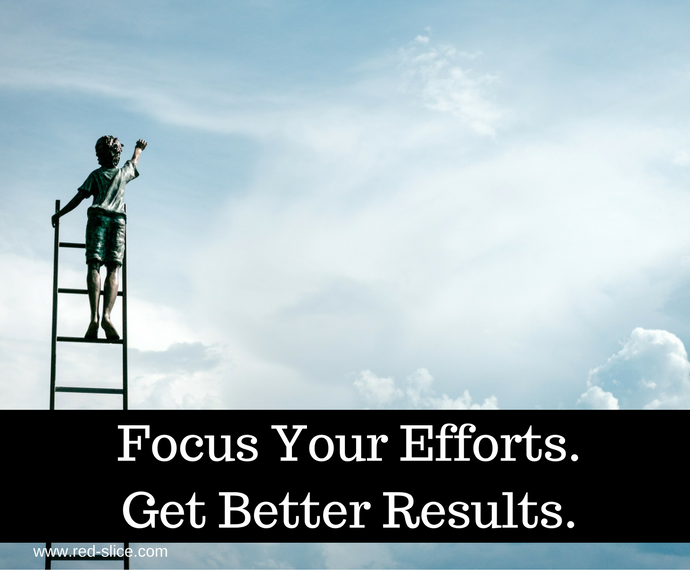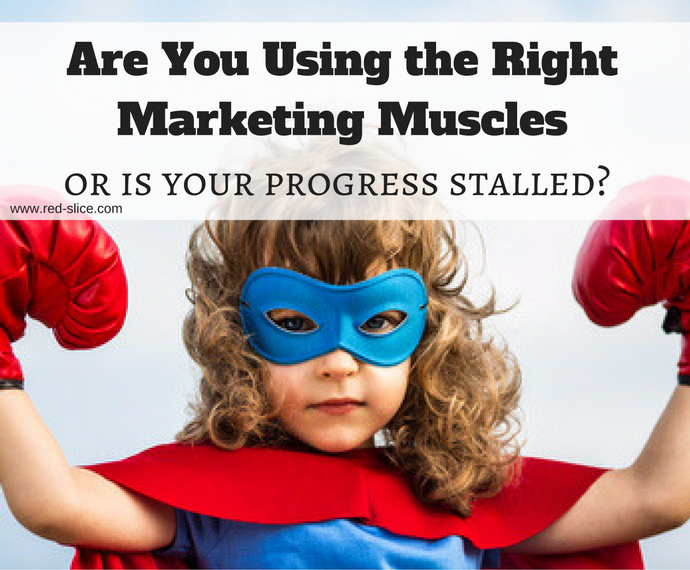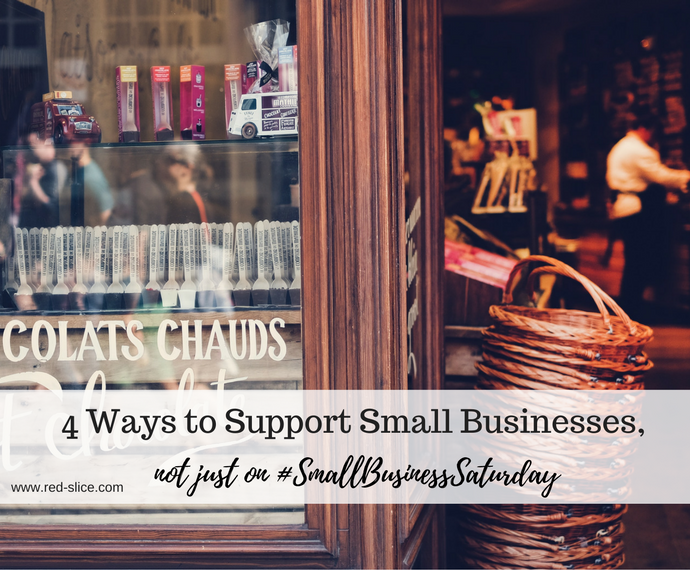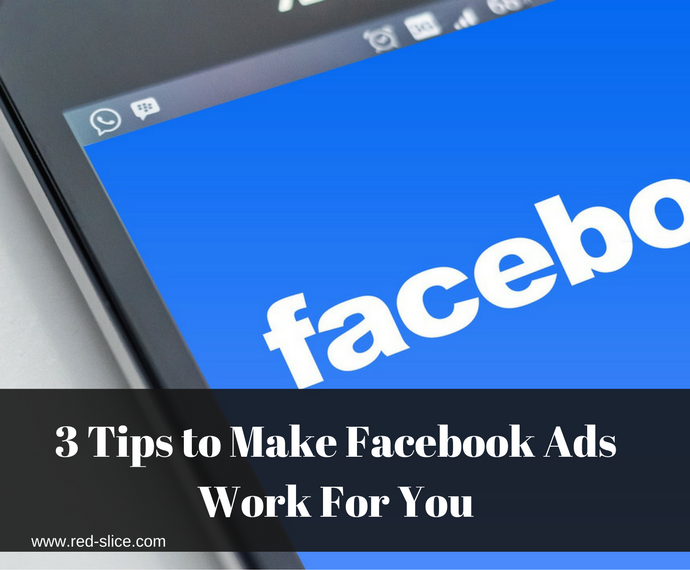
We always want more, don’t we? We’re all looking for that perfect list-building trick that will unlock more clients, more customers, more money.
We all know it’s a lot easier to nurture a large, warm audience and convert them into sales over time. So we collect people and names like we’re picking blueberries and dump them into our sacks as we hunt for more.
But what about those people who already joined your team? Did you just seduce them to get on your list or pay for your course and then you tossed them to the side?
Newsflash: No matter whether you have 5 or 5,000 email subscribers, 10 or 10,000 customers or 5 or 25 clients, these loyal people are your biggest advocates. They have already raised their hands to support you and are your best brand evangelists.
A list-building trick you’ve never considered:
Love the ones you’re with. While you’re out there marketing to collect clicks, email names, or new customers, do not forget all those people you already have on your side. (TWEET THIS!)
We all start out at Ground Zero and you have to build a brand from nothing. To accelerate, you have to start where you are.
Never lose sight of those who already know, like and trust your brand. Give them VIP service and they will talk about you to others, forward your charming emails or dish about your next big event.
But how do you love on them? Here are a few quick tips:
- Cherry pick a new subscriber: Every week, check out your new email subscribers and send one or two of them a personal note (“No, this is not a bot, it’s really me!) thanking them for joining your list.
- Engage with a question: Use your Welcome email to instantly engage them. If you’re a massage therapist, ask them the last time they had a massage and how it made them feel. If you’re an HR consultant, ask them what their biggest retention or recruitment challenge might be.
I promise, you won’t get 600 responses back to which you’ll have to reply, but those you do get will never forget you!
My Welcome email asks folks to tell me about their biggest marketing challenge, and someone actually tweeted about how this was the best email sign up she’d ever seen!
- Offer them a freebie…just because. Not because you’re launching anything or want them to buy. Occasionally surprise and delight them with free discounts, a new eBook, a fun video or even an inspiring playlist curated just for them.
- Go old school: When a prospect schedules a call to find out more about you or someone refers a client to you, send a handwritten note to prospects you talk to or meet with.
Assuming this is a reasonable number, of course, but if you have any business development conversation, take it to the next level beyond a thank you email and write them a handwritten thank you note. This personal touch will not go unnoticed.
For more practical ideas on how to nurture your existing loyal fan base, however small, to attract even more fans, followers and clients, please check this lovely little mini-course I cooked up for you, CLIENT LOVE.
Imagine: an army of adoring fans, eager to buy your next product, attend your next event, or hire you for your next gig! The course also includes lessons on getting great customer testimonials, creating a signature touch that gets people buzzing and curating connections so people love you even more.



